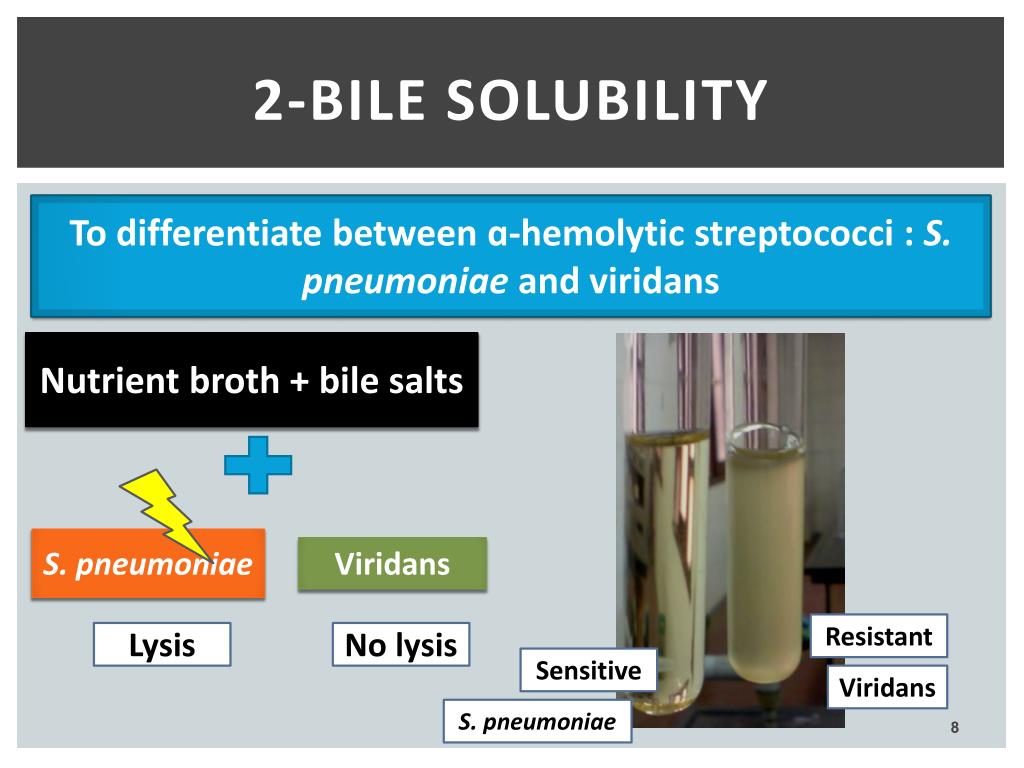
If the strain is from a normally sterile-site then all the tests listed below should be applied.

The extent to which each bacterial strain is tested is dependent upon the source of the strain. Initial separation into the appropriate genera is accomplished by determining the physiologic characteristics listed in Table 1. Alloiococcus, Dolosigranulum, Facklamia, and Ignavigranum species. The genera that this laboratory identifies includes: Enterococcus, Leuconostoc/ Weissella, Streptococcus, Pediococcus, Tetragenococcus, Aerococcus, Helcococcus, Vagococcus, Lactococcus, Abiotrophia, Granulicatella, Globicatella sanguinis, Dolosicoccus paucivorans. Once it has been determined that the bacteria in question is a gram-positive, catalase-negative coccus, the next step is to determine to what genera the strain belongs. Table 1 lists the currently recognized genera of facultatively anaerobic gram positive cocci. Related Genera, Coccobacillary to Rod-like Gram stain-Positive Catalase-Negative Coccus and Coccoid-rod Form Genera Refer to the List of Prokaryotic names with Standing in Nomenclature (LPSN) for the list of streptococcal species names for each of the genera listed below. The vancomycin will eliminate all susceptible strains allowing the resistant strains to colonize the genitourininary tract. All species of Leuconostoc and Pediococcus genera are intrinsically resistant to vancomycin. It is believed that the increase in use of vancomycin caused the increase in isolation of species of these two genera. The Leuconostocs and pediococci were considered non-pathogenic until the mid 1980s. The tetragenococci were split from the Pediococcus genus because it too is genetically different from the other members of the genus. In addition the vagococci were split from the Lactococcus genus on the same basis.

DNA homology studies have indicated that these two genera are separate and distinct entities. The enterococci and lactococci were split from the Streptococcus genus. First the genetic studies by taxonomists have clarified the relationship of some genera. There are three major reasons for the increase in number of genera that clinical microbiologist must identify. The following genera are identified in Streptococcus Reference Laboratory. Identification of the Gram-Positive, Catalase Negative Cocci Genera


 0 kommentar(er)
0 kommentar(er)
